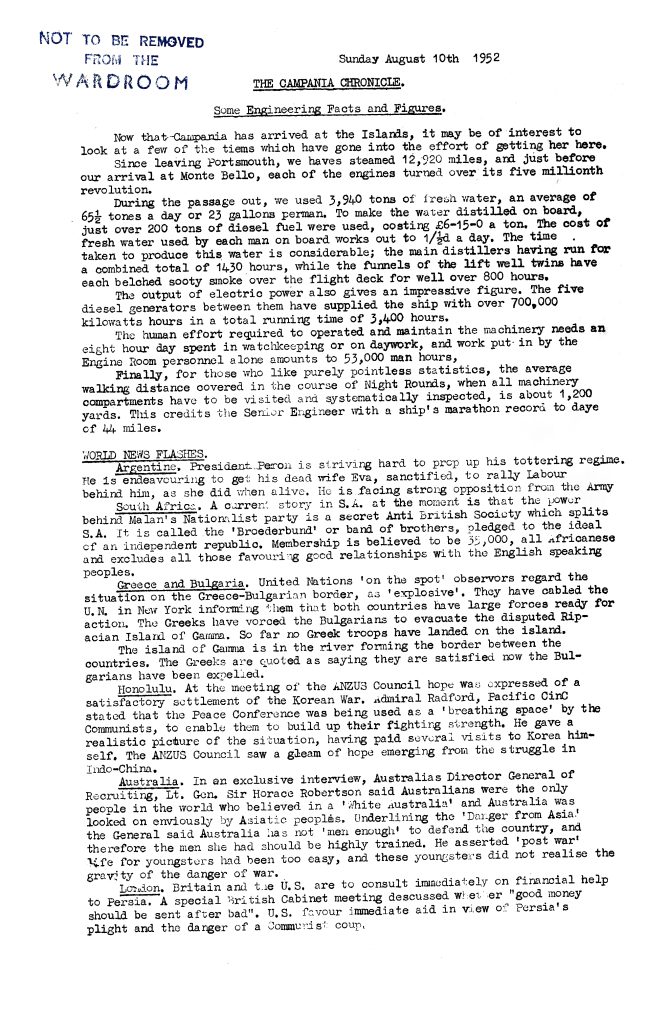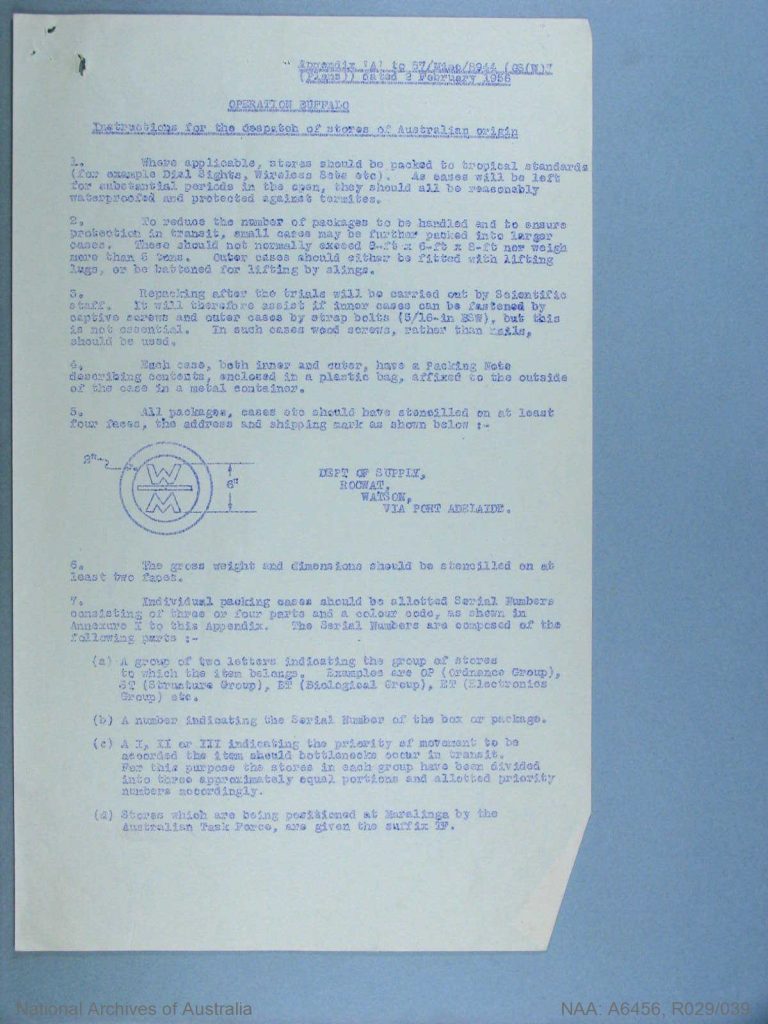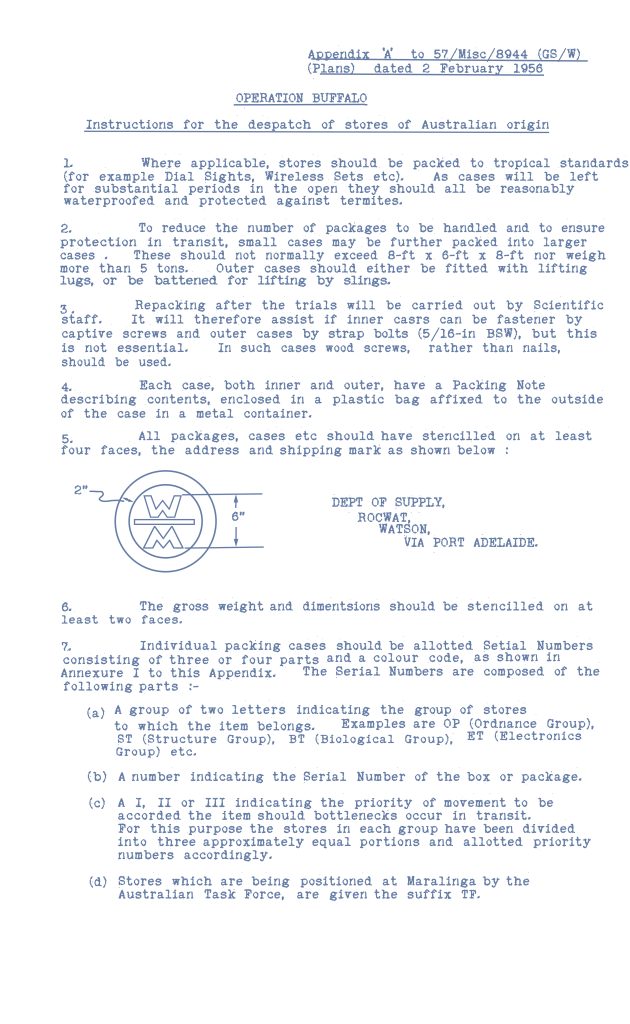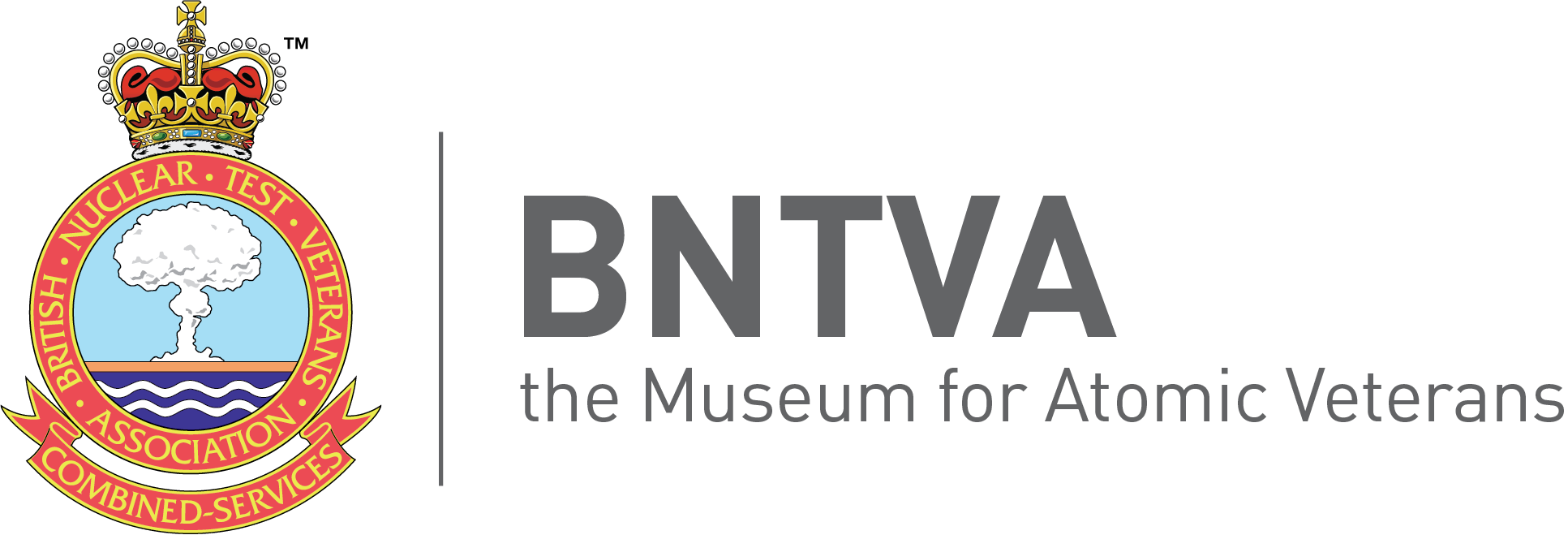As those who read our Exposure article may recall, our curator has long been fascinated by historical reenactment. But beyond the uniforms and field drills, his passion extends into the archives—specifically, the digital restoration of fragile historical documents.
This meticulous work is more than a hobby. It’s a way to preserve and share history that might otherwise remain locked away in lightproof boxes, too delicate for public display.
The Restoration Process
The journey begins with careful preparation. Staples are removed, and the paper is gently flattened to reduce creases. Each page is then photographed using a high-resolution reprographic copy stand. Once digitised, the original is placed in a Mylar sleeve and stored in a lightproof archival box. Digitisation is only the beginning. The images are straightened, cleaned, and enhanced for readability. In some cases, like the Campania Chronicle, entire sections were so faint that every single letter had to be manually restored. Importantly, spelling mistakes and quirks in the original are preserved—these are part of the document’s story.

Restoration Process Highlights:
- Preparation: Flattening and photographing the document
- Digitisation: Straightening and contrast enhancement
- Textual Restoration: Manual transcription and correction of faded characters
- Typographic Matching: Recreating layout and spacing to match the original
This is where digital restoration shines. By carefully replicating the layout, typography, and even the imperfections of the original, we can create a museum-quality replica that can be handled, studied, and displayed—without risking the original.
Why Reconstruct When You Can’t Digitise?
In an ideal world, every historical document would be digitised directly from the original. But that’s not always possible—especially when the document is held in an archive on the other side of the world.
Take, for example, the Operation Buffalo crate instructions. The original is housed in the National Archives of Australia. While we were fortunate to access a scanned copy, the physical document itself is fragile and unlikely to be re-digitised at higher quality. In such cases, a faithful reconstruction becomes the best way to preserve and share the content.
This is where digital restoration shines. By carefully replicating the layout, typography, and even the imperfections of the original, we can create a museum-quality replica that can be handled, studied, and displayed—without risking the original.

Case Study: Operation Buffalo Crate Instructions
One of the more rewarding restoration projects involved a logistics document titled “Appendix ‘A’ to 57/Misc/8944 (GS/W) (Plans)”, part of the Operation Buffalo archive. This document outlined the packing and shipping instructions for stores of Australian origin destined for the Maralinga nuclear test site in 1956.
Why Replicas Matter

Replicas allow us to share history without risking the original. Visitors can handle and explore these documents, sparking curiosity and conversation. They ask:
- “Who wrote this?”
- “Why was it preserved?”
- “What does this tell us about the time period?”
By creating replicas, we bridge the gap between archival preservation and public engagement.
Final Thoughts
Document reconstruction is a blend of archival science, digital craftsmanship, and historical empathy. It’s slow, careful work—but it brings the past to life in a way few other methods can.
Whether it’s a Cold War logistics memo or a handwritten field report, each restored document is a window into the world that was.
